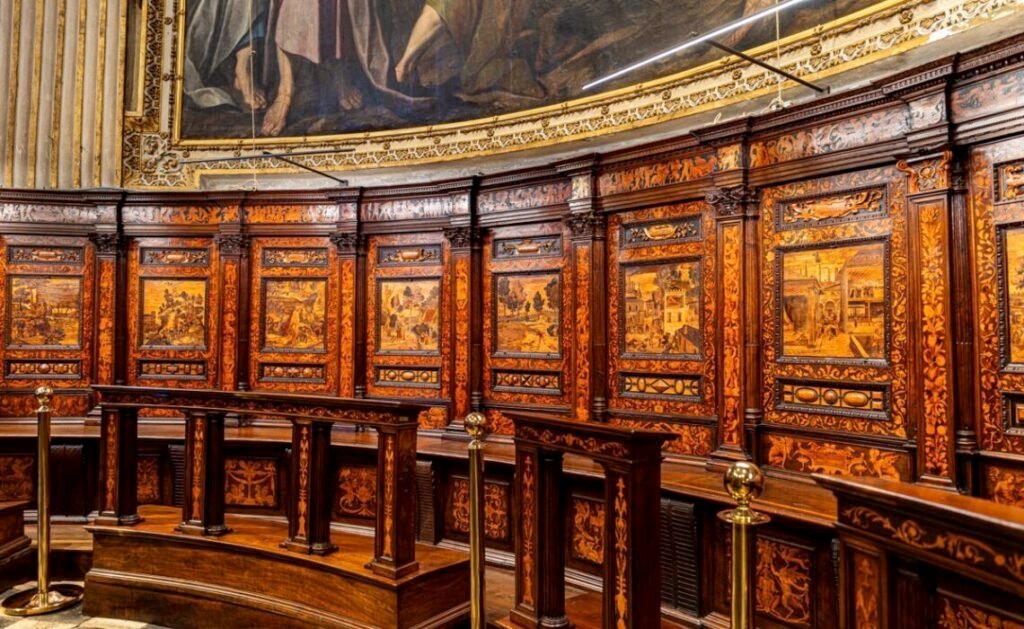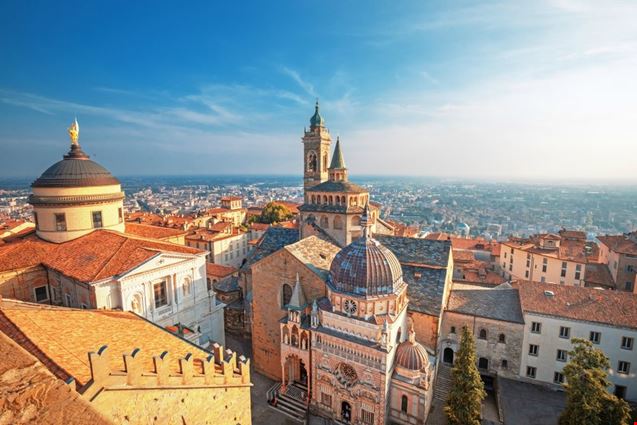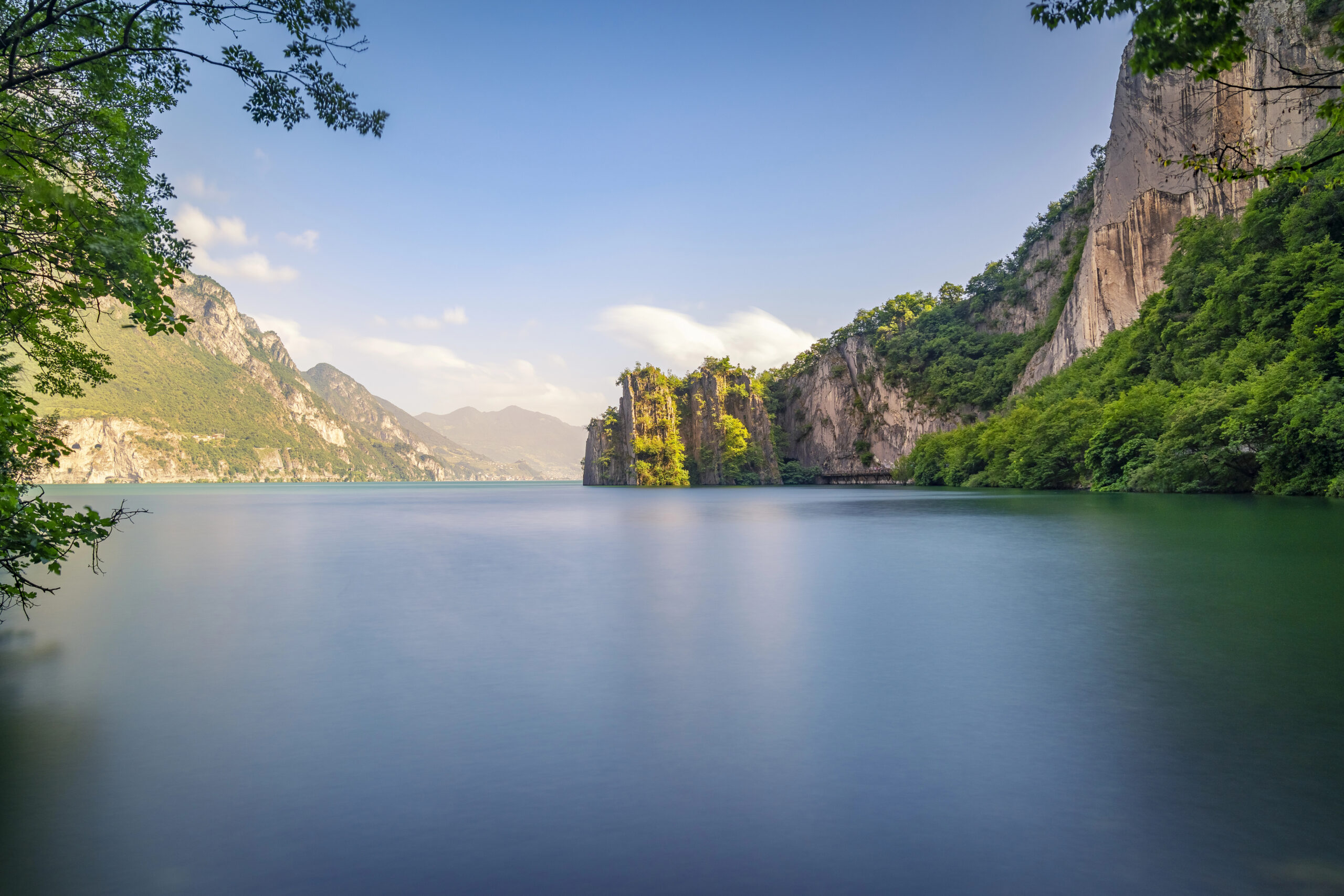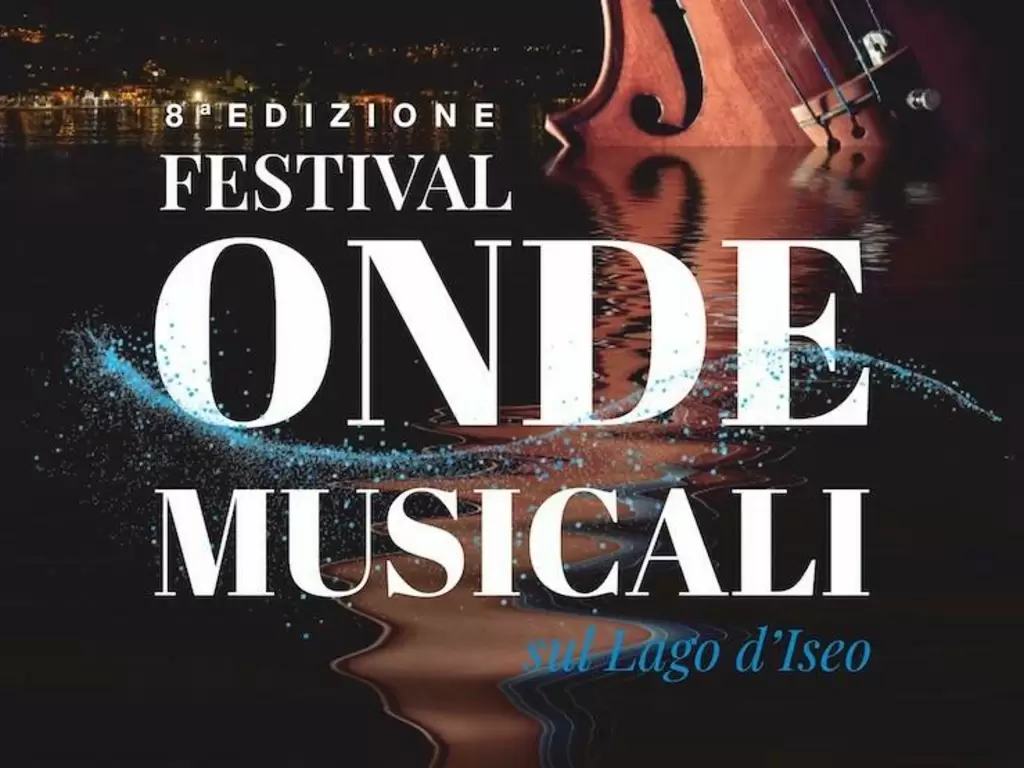The Basilica di Santa Maria Maggiore is one of the most revered and historically significant religious sites in Bergamo. Located in the heart of Città Alta, this Romanesque basilica captivates visitors with its remarkable architecture, intricate frescoes, and centuries-old history. Serving as both a place of worship and an artistic treasure, the Basilica di Santa Maria Maggiore is a must-visit for anyone looking to delve deeper into the spiritual and cultural fabric of Bergamo.
Historical Background
The origins of the Basilica di Santa Maria Maggiore date back to the 12th century, with construction beginning in 1137. The basilica was built as a votive offering after a plague and famine struck Bergamo, and it was dedicated to the Virgin Mary in the hope of divine protection. Interestingly, it was erected on the site of an older religious structure from the 8th century, itself built over Roman remains. The decision to rebuild the basilica in the Romanesque style was aligned with the era’s preference for solidity and grandeur. Over the centuries, it has undergone various modifications, but its Romanesque roots remain prominent, making it a unique architectural gem in northern Italy.
Architectural Highlights
The exterior of the Basilica di Santa Maria Maggiore is relatively austere, reflecting its Romanesque origins, with thick stone walls and arched windows. Entry to the basilica is through ornate side portals, as there is no main entrance from Piazza Duomo. One of the most striking external features is the adjoining Colleoni Chapel, a Renaissance masterpiece commissioned by the famous Bergamasque military leader Bartolomeo Colleoni. Its stunning facade of red and white marble stands in sharp contrast to the more modest Romanesque church.
Inside the basilica, the atmosphere changes dramatically. The richly adorned interior reflects Baroque tastes, with ornate gilded woodwork, frescoes, and tapestries that create an atmosphere of opulence and spiritual reverence. The choir stalls, carved between the 14th and 15th centuries by local craftsmen, are extraordinary examples of Gothic woodwork.

One of the basilica’s greatest artistic treasures is the stunning wooden inlay panels by Lorenzo Lotto. Lotto, a renowned painter of the Venetian school, designed these intricate panels between 1524 and 1532. The panels, which are located in the church’s choir, were executed by the artist Giovan Francesco Capoferri and depict detailed biblical and allegorical scenes, showcasing an astonishing level of craftsmanship. Lotto’s genius is particularly evident in the way he used perspective, shadow, and light to bring the scenes to life, creating depth and emotion in the medium of wood. These inlays are widely regarded as one of the finest examples of Renaissance craftsmanship in Italy and add a profound artistic dimension to the basilica’s sacred atmosphere.
Cultural Importance and Current Use
Beyond its architectural and artistic grandeur, the Basilica di Santa Maria Maggiore remains a significant cultural and religious landmark in Bergamo. While no longer functioning as a parish church, it continues to be an active site of worship and an important venue for religious ceremonies. The basilica also plays a pivotal role in Bergamo’s cultural scene, often hosting concerts, including performances of works by the renowned composer Gaetano Donizetti, who was born in Bergamo and is buried in the basilica.
Today, visitors are drawn not only to the basilica’s spiritual significance but also to its breathtaking art and architecture. From the grandeur of the Romanesque design to the Renaissance masterpieces housed within, the Basilica di Santa Maria Maggiore stands as a symbol of Bergamo’s rich history and enduring faith.

The Basilica di Santa Maria Maggiore is a remarkable fusion of history, art, and spirituality. With its Romanesque architecture, Baroque interiors, and the stunning wooden inlay panels by Lorenzo Lotto, this basilica is not just a religious site but a treasure trove of cultural and artistic significance. A visit to the basilica offers a glimpse into the spiritual heart of Bergamo and serves as a reminder of the city’s rich artistic and architectural heritage.





